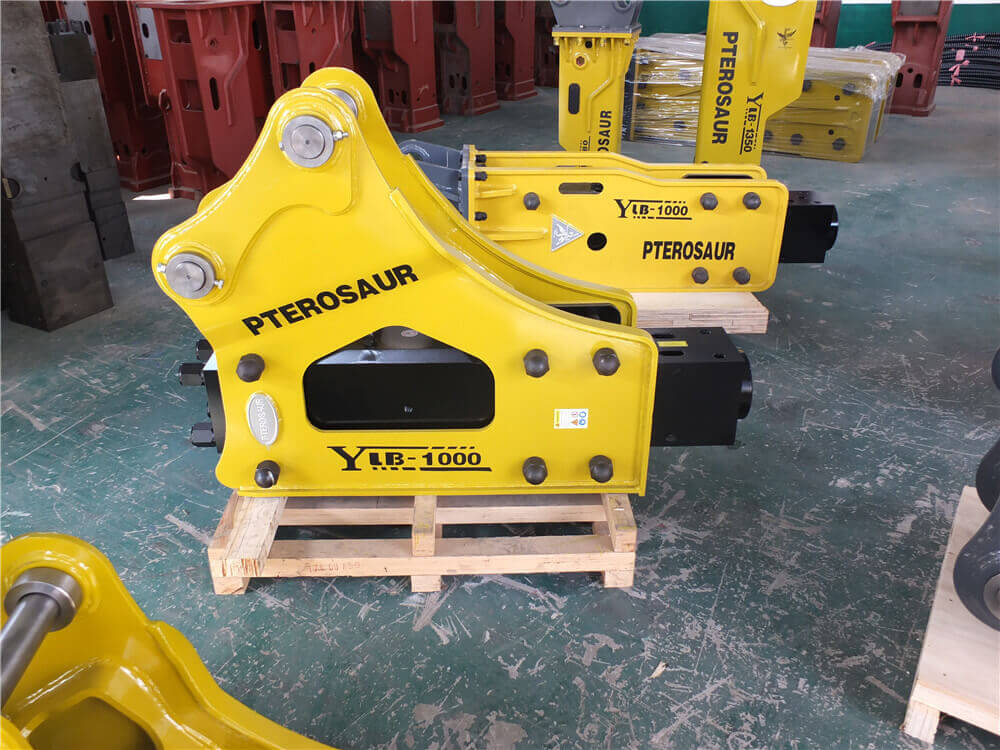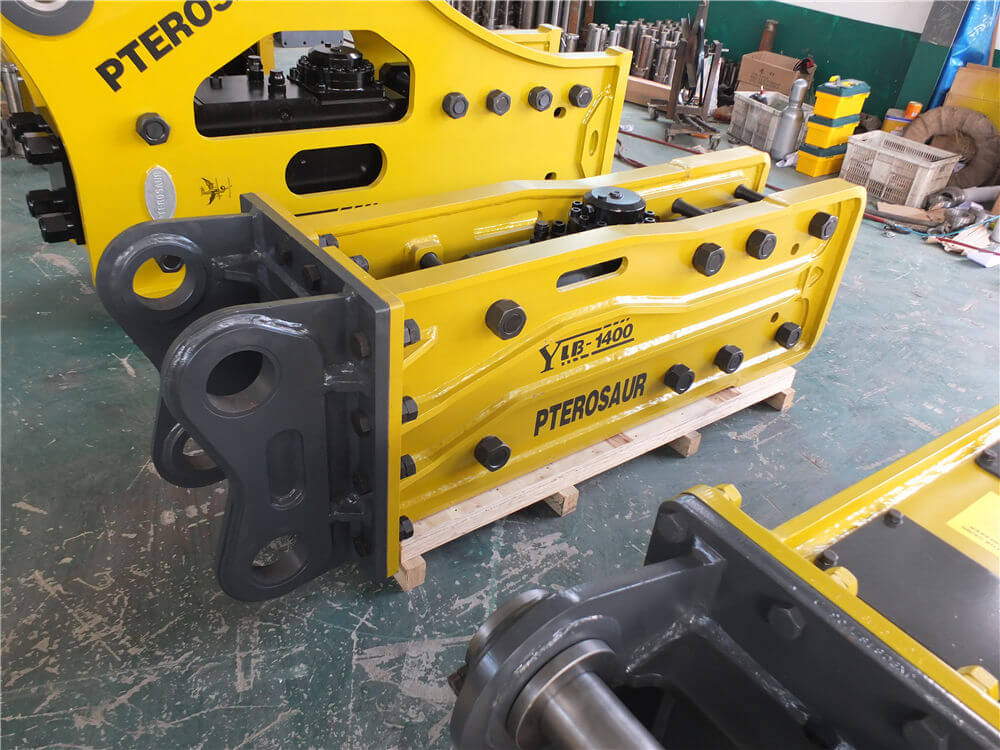Understanding Gas Breakers and Excess Flow Valves: A Comprehensive Overview
Gas breakers and excess flow valves (EFVs) play crucial roles in ensuring safety and efficiency in gas service lines and electrical systems. This article delves into the functionalities, applications, and advantages of these devices, focusing on industry leaders like Hubbell and Mitsubishi Electric.
GasBreaker Excess Flow Valve
The GasBreaker Excess Flow Valve is recognized globally as the leading automatic safety valve for gas service lines. Designed to activate instantly during line ruptures, the GasBreaker EFV not only enhances safety but also resets automatically after repairs, minimizing downtime. With its ability to function under live gas conditions and handle pressures up to 150 psig, the GasBreaker EFV is ideal for both residential and commercial applications.
Hubbell’s commitment to innovation is evident in their diverse range of models tailored to meet various capacity needs. Since its introduction, the GasBreaker EFV has sold millions of units—more than five times that of all other U.S. competitors combined—demonstrating its reliability and effectiveness in safeguarding gas lines.
Key Features of the GasBreaker EFV
- Instant Activation: The EFV activates at the moment of a line rupture, ensuring immediate response to potential gas leaks.
- Automatic Reset: After repairs, the EFV can automatically reset, reducing the need for manual intervention.
- Live Gas Installation: The design allows for installation under live gas conditions, providing flexibility and convenience for utility companies.
- Durability: Built to withstand high pressures, the EFV can handle the demands of both residential and commercial gas service lines.
Gas Breakers in the Construction Industry
On the other side of the spectrum, gas breakers such as the models offered by Atlas Copco are vital for construction and demolition tasks. These tools are designed for portability and ease of use in remote locations or hard-to-reach places. The Cobra PROe Gas Breaker, for instance, delivers an impressive 60 joules of impact energy, making it suitable for breaking through concrete and asphalt.
Advantages of Using Gas Breakers
- Versatility: Gas breakers can be utilized for various applications, including driving rods and probes, making them essential tools on construction sites.
- Efficiency: They allow workers to accomplish more within a day due to their portability and ease of use.
- Reduced Vibration: Advanced designs include vibration-dampened handles, enhancing user comfort during operation.
SF6 Circuit Breakers: The Role of Gas in Electrical Protection
In the realm of electrical systems, SF6 circuit breakers (sulfur hexafluoride) are pivotal for medium and high voltage applications. The unique properties of SF6 gas ensure stable interrupting performance, even under extreme conditions. Brands like Mitsubishi Electric offer high-voltage gas-insulated circuit breakers that utilize SF6 gas to provide exceptional arc-extinguishing capabilities.
Benefits of SF6 Circuit Breakers
- High Insulating Ability: SF6 gas offers superior insulation compared to air, allowing for compact designs and efficient space utilization.
- Reliability: These circuit breakers maintain performance even in challenging operational conditions, such as short-circuiting scenarios.
- Safety: The use of SF6 gas minimizes the risk of electrical failure and enhances overall system safety.
Conclusion
Gas breakers and excess flow valves are essential components in both the gas and electrical industries, enhancing safety, efficiency, and reliability. With leading manufacturers like Hubbell and Mitsubishi Electric innovating in this space, customers can expect high-performance solutions tailored to meet the demanding needs of modern infrastructure. Whether for residential gas lines or high-voltage electrical systems, understanding these technologies is key to ensuring optimal safety and operational efficiency.




































